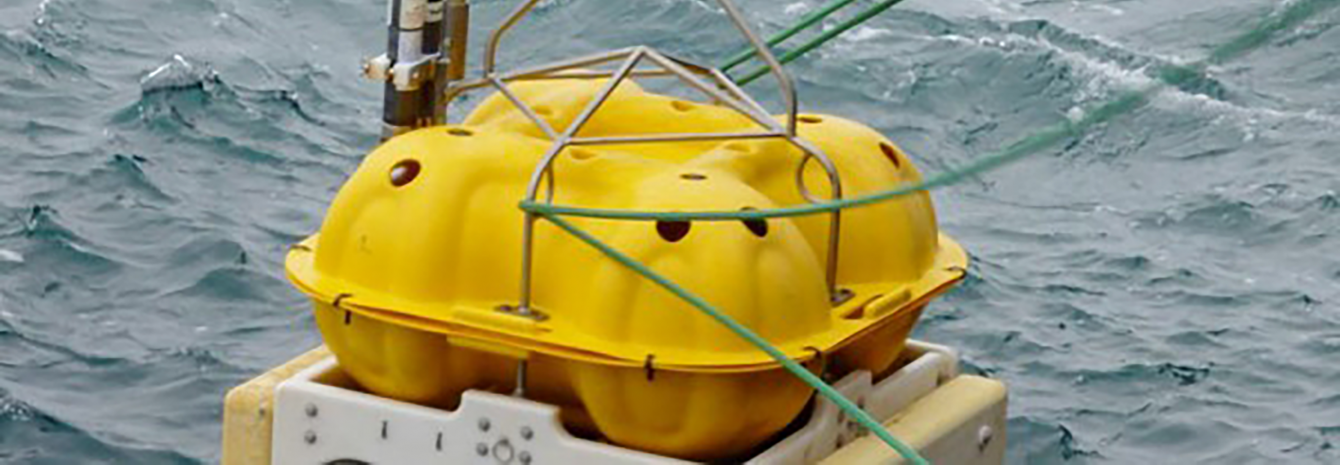Will seafloor-based instruments help lessen the toll of natural disasters?

Timely warnings of earthquakes and subsequent tsunamis are vital to mitigating deaths and structural damage. Natural disasters have killed hundreds of thousands of people worldwide and caused hundreds of billions of dollars in property damage. A pilot program led by the Lamont-Doherty Earth Observatory aims to make these warnings earlier and more accurate. Advanced disaster warnings can make a drastic difference in saving lives and organizing relief.
The new $1 million Paros Fund for Geophysical Instrumentation will enable Lamont to build and deploy 10 to 15 seafloor instruments in earthquake-prone areas—typically around the Pacific “Ring of Fire,” in Japan, Chile, New Zealand, or the Pacific Northwest. These sensors, deployed on the seafloor in subduction zones, or regions where one plate of the Earth’s crust slides under another, can accurately measure how the seafloor moves during seismic events. This could lead to more precise predictions of how large a tsunami might be following an earthquake and provide timely tsunami warnings to nearby communities.
The new instrument packages will advance existing Lamont-Doherty ocean-bottom seismometers as engineers develop new electronics and software. The instruments, possibly deployed off the coasts of Chile, Alaska, or the Pacific Northwest’s Cascadia zone, will be designed to continuously record seismic and pressure signals for years on the seafloor before their retrieval. Learn more.
Make Your Commitment Today
